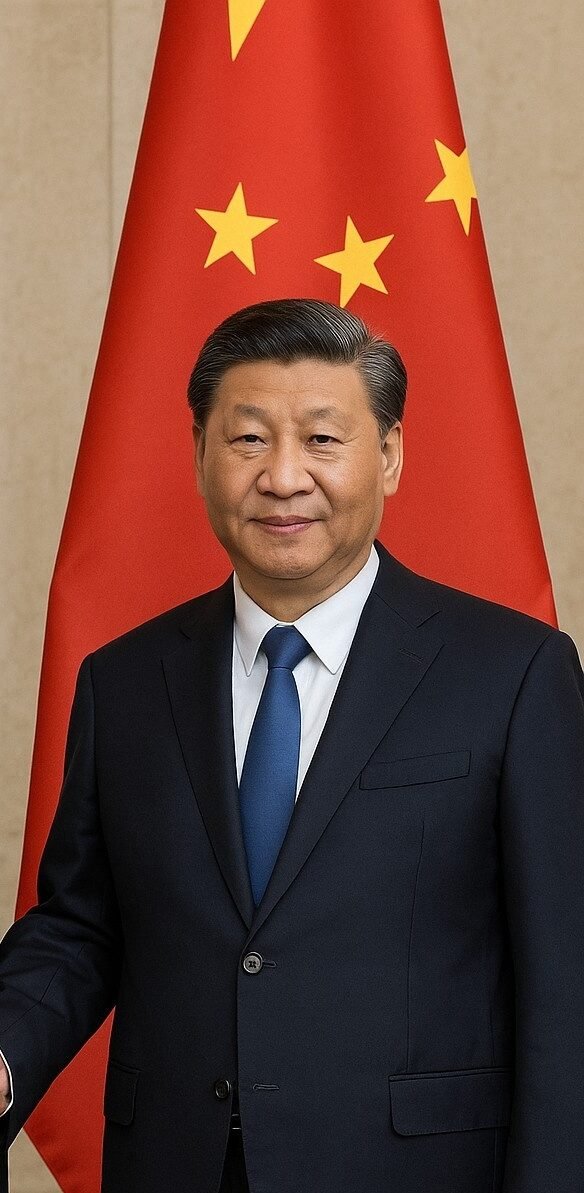In a significant diplomatic engagement, India’s External Affairs Minister S. Jaishankar met with Chinese President Xi Jinping in Beijing on Tuesday, marking a notable step in the effort to stabilize India-China relations, which have experienced strain since the 2020 Galwan Valley clash. This is Jaishankar’s first visit to China since that deterioration in bilateral ties, and it comes amid cautious efforts from both sides to mend their fractured relationship.
Jaishankar, who is in China to attend the Shanghai Cooperation Organisation (SCO) Foreign Ministers’ Meeting, was joined by his counterparts from other SCO member states during the meeting with Xi. The encounter, however, carried added weight due to the unresolved border tensions and the broader implications for regional stability and global diplomacy.
In a post shared on X (formerly Twitter), Jaishankar revealed key aspects of his conversation with President Xi. “Apprised President Xi of the recent development of our bilateral ties. Value the guidance of our leaders in that regard,” he stated. He also conveyed greetings from President Droupadi Murmu and Prime Minister Narendra Modi to the Chinese leader.
Called on President Xi Jinping this morning in Beijing along with my fellow SCO Foreign Ministers.
Conveyed the greetings of President Droupadi Murmu & Prime Minister @narendramodi.
Apprised President Xi of the recent development of our bilateral ties. Value the guidance of… pic.twitter.com/tNfmEzpJGl
— Dr. S. Jaishankar (@DrSJaishankar) July 15, 2025
Though the meeting appeared largely ceremonial, it was a symbolic moment reflecting an openness to dialogue at the highest levels. The presence of Jaishankar in Beijing and his direct communication with Xi signals a willingness on India’s part to address sensitive issues through diplomatic engagement, even as substantive disputes remain.
Since the deadly border clash in eastern Ladakh in June 2020, in which 20 Indian soldiers and an undisclosed number of Chinese troops were killed, ties between the two Asian giants have remained fraught. Multiple rounds of military and diplomatic talks have been held to ease tensions, but a full resolution continues to elude both nations.
Jaishankar has frequently stressed that normalcy in bilateral relations is not possible until peace is restored at the border. At several international forums and bilateral meetings, he has underlined that the Line of Actual Control (LAC) must be respected in both spirit and letter. His visit to China comes at a time when some progress has reportedly been made in military disengagement at certain friction points, but other areas remain tense.
Observers view the meeting with Xi as part of a broader diplomatic strategy aimed at preventing further deterioration in relations while keeping communication lines open. The interaction also underlines the growing importance of regional groupings like the SCO, which provide platforms for member states to engage despite bilateral differences.
China has, for its part, expressed interest in stabilizing relations with India. In recent months, official Chinese statements have emphasized cooperation, trade ties, and mutual development. However, India remains cautious, with security concerns and strategic competition playing a large role in shaping its foreign policy approach.
Beyond the bilateral implications, Jaishankar’s meeting with Xi comes at a time of global flux. Both India and China are playing increasingly active roles in global diplomacy, whether through multilateral forums like BRICS and SCO, or through independent outreach in the Global South. As two of the world’s largest developing economies, their relationship has broader consequences for regional and international stability.
It is not yet clear whether the meeting will lead to any immediate breakthroughs. However, the tone and tenor of the engagement suggest that both nations may be testing the waters for more serious diplomatic conversations in the future. Analysts believe that if properly managed, such high-level interactions could pave the way for formal summits or working group discussions focused on conflict resolution and economic cooperation.
As the SCO summit continues, further developments may emerge regarding India-China engagement. For now, Jaishankar’s visit — and his direct meeting with Xi — sends a message that despite deep-seated challenges, dialogue remains on the table. Both nations, while competing in various domains, appear mindful of the need to manage their complex relationship with strategic patience and diplomatic finesse.








